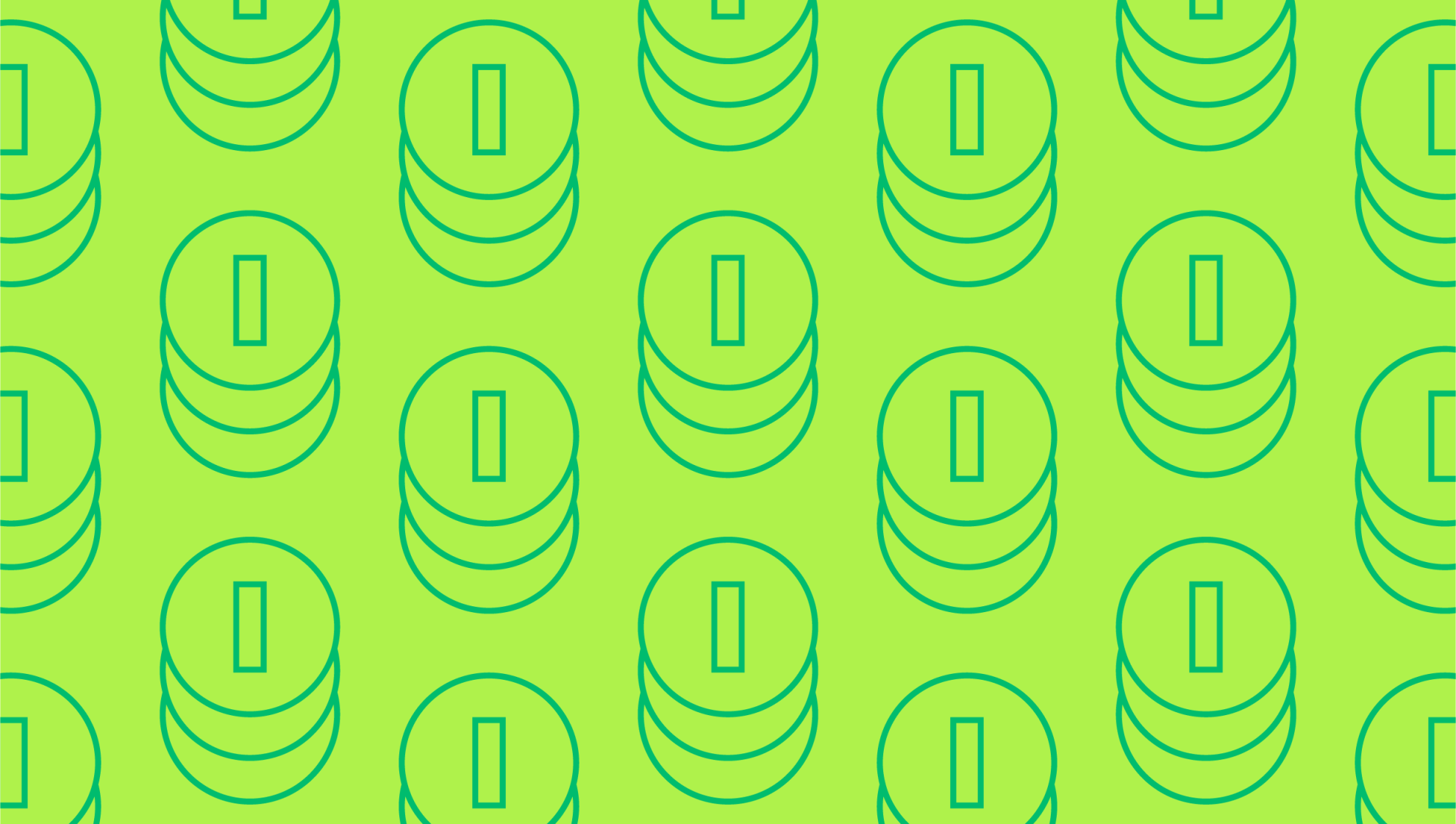Last editedJul 20202 min read
To improve your business’s liquidity, it pays to keep a close eye on your trade receivables. Put simply, they may have a significant role in ensuring your business is able to maintain a healthy cash flow. But what are trade receivables? Find out more about trade receivables, starting with our trade receivables definition.
Trade receivables definition
Put simply, trade receivables are the total amounts that a company has billed to a customer for goods and services that they have delivered but haven’t yet received payment for. These amounts are reflected in the invoices that a company sends to its clients. Trade receivables are likely to be one of the largest assets on your company’s books, aside from inventory. It’s important to remember that trade receivables are also known as accounts receivable, so you may see these terms used interchangeably with one another.
Trade receivables formula
Need to know how much capital you’ve got tied up in trade receivables? There’s a very easy formula for working it out, although you’ll need access to your business’s balance sheet:
Trade Receivables = Debtors + Bills Receivables
So, all you need to do is look at your business’s balance sheet and add up all your debtors and bills receivables, and you’ll be able to calculate trade receivables. However, that formula isn’t too useful on its own. There’s another formula – the trade receivable days formula, also known as the debtor days ratio – that can help you work out how long it takes your debtors to settle their bills:
Trade Receivable Days = Trade Debtors / Revenue x 365
Example of trade receivables
Let’s look at an example to see how all this works in practice. Say Company A has a total amount of £10,000 sundry debtors on the balance sheet, as well as £12,000 in bills receivables. In addition, Company A has an annual revenue of £75,000. You can work out the trade receivables like so:
10,000 + 12,000 = 22,000
But how quickly can Company A expect to receive payment for these trade receivables? Let’s take a look at the trade receivable days formula to find out their trade receivables collection period:
22,000 / 75,000 = 0.293 x 365 = 107.06
As you can see, it takes around 107 days for Company A to collect a typical invoice.
Why are trade receivables important?
Trade receivables are important for a range of factors. Most importantly, they play a significant role in ensuring that your business has a healthy cash flow. With a culture of late payments now prevalent across many industries across the UK, small businesses are often the ones to suffer. Indeed, research from GoCardless indicates that 2 in 5 SME businesses have serious cash flow problems that are caused by late payments. By ensuring that trade receivables are collected in a timely fashion, you can make sure that your company’s cash flow remains healthy.
How can you reduce trade receivables?
There are many different ways to optimise your collections process for trade receivables. First of all, you should ensure that payment terms are included on your invoice. This will communicate to customers when you expect to be paid, the currency you expect to be paid in, and how your customers can pay you. In the UK, standard payment terms are around 30 days from the date that the invoice was raised, also referred to as net 30.
In addition, you should ensure that you send an invoice as soon as you complete the work you’ve been contracted for. The longer you wait, the longer payment is likely to be delayed, meaning that trade receivables stay stuck on your balance sheet. GoCardless makes it easier and faster for your customers to pay you by giving you the option to collect recurring payments via Direct Debit.
We can help
GoCardless helps you automate payment collection, cutting down on the amount of admin your team needs to deal with when chasing invoices. Find out how GoCardless can help you with ad hoc payments or recurring payments.


